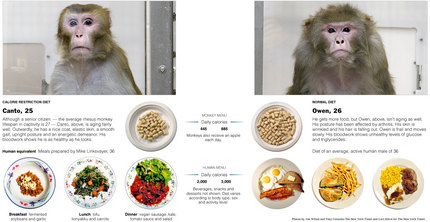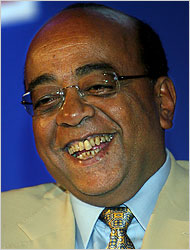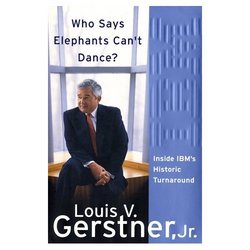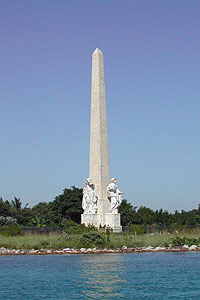One of Sherwin Rosen’s most important articles is "The Economics of Superstars" in which he argues that if a superstar’s performance is even slightly better than the next best performer’s, if the performance can be cheaply reproduced (as with radio, CDs, etc.) then a small premium multiplied thousands of times, might result in huge differences in earnings.
This argument works, so long as most of us are interested in the same sort of performance, and are willing to pay some small premium for the best performer of it. But what if we care as much about the content of the performance as the quality of the performance? (In other words, we care as much about what is done, as we care about how well it is done.)
The new book The Long Tail can be taken to imply that there are many niches, and that the days of the "superstar" are over (or at least that in the future, the compensation of the superstars will not be quite so super). If this argument works, and I think it does, then it implies that the new technologies will serve consumers by better matching consumer preferences with the services provided, and also implies that a more diverse group of suppliers (performers) will be able to sustain themselves.
More speculatively, it seems as though it might imply greater equality in the labor market. If this last is true, it goes against most accounts of the effects of recent high technology on the labor market.
The reference to the Rosen article is:
Rosen, Sherwin. "The Economics of Superstars." American Economic Review 71, no. 5 (Dec. 1981): 845-58.
The reference to The Long Tail is:
Anderson, Chris. The Long Tail. New York: Hyperion, 2006.





 Billionaire entrepreneur Mo Ibrahim. Source of photo: online version of the NYT article cited below.
Billionaire entrepreneur Mo Ibrahim. Source of photo: online version of the NYT article cited below. 
 One of the dogs cured of melanoma by a new vaccine. Source of photo:
One of the dogs cured of melanoma by a new vaccine. Source of photo:  The Flagler Memorial obelisk was erected in on a man-made island in 1920, when Miamians still remembered the accomplishments of Henry Flagler. Source of image:
The Flagler Memorial obelisk was erected in on a man-made island in 1920, when Miamians still remembered the accomplishments of Henry Flagler. Source of image: 